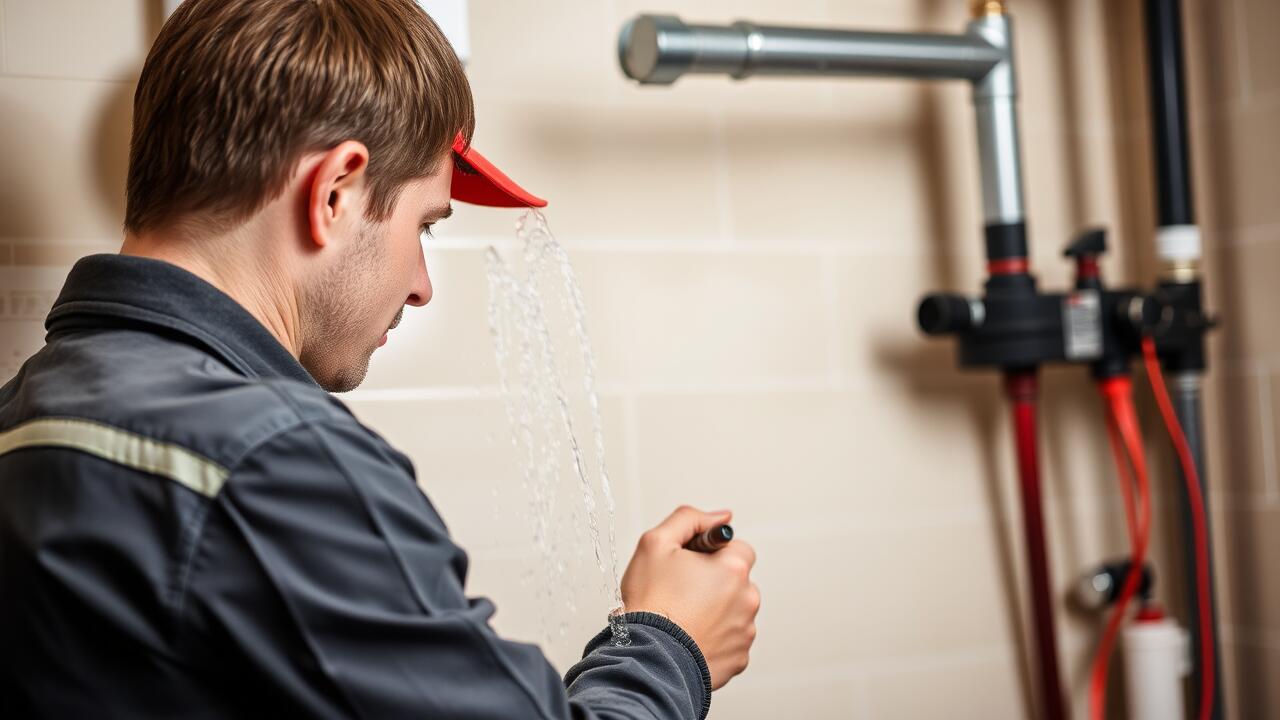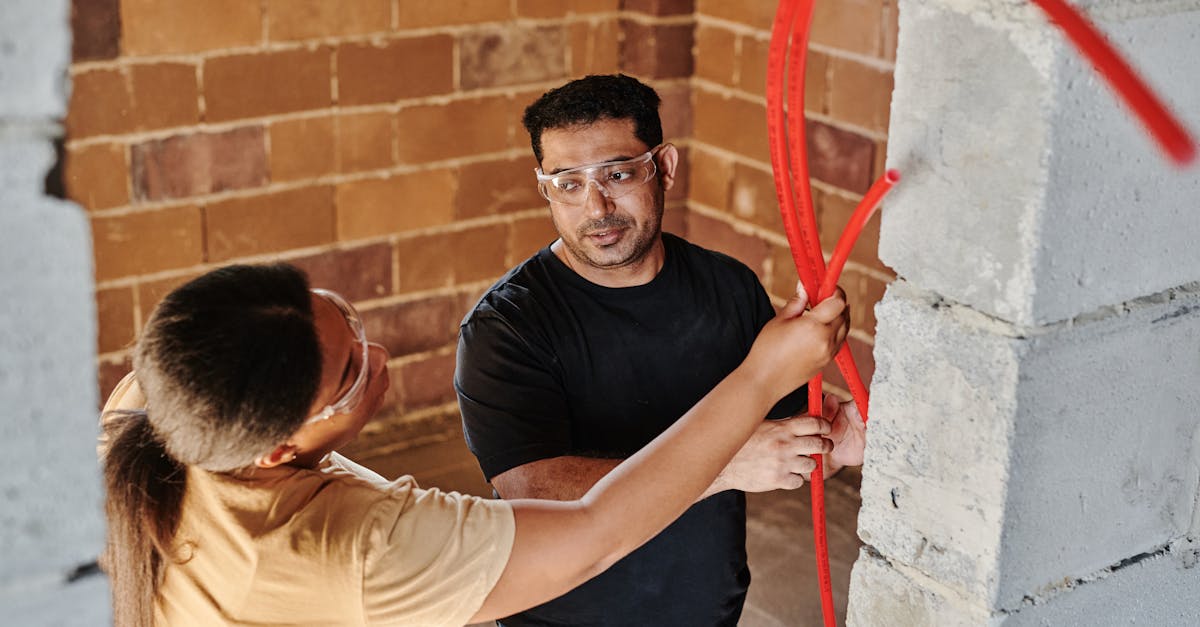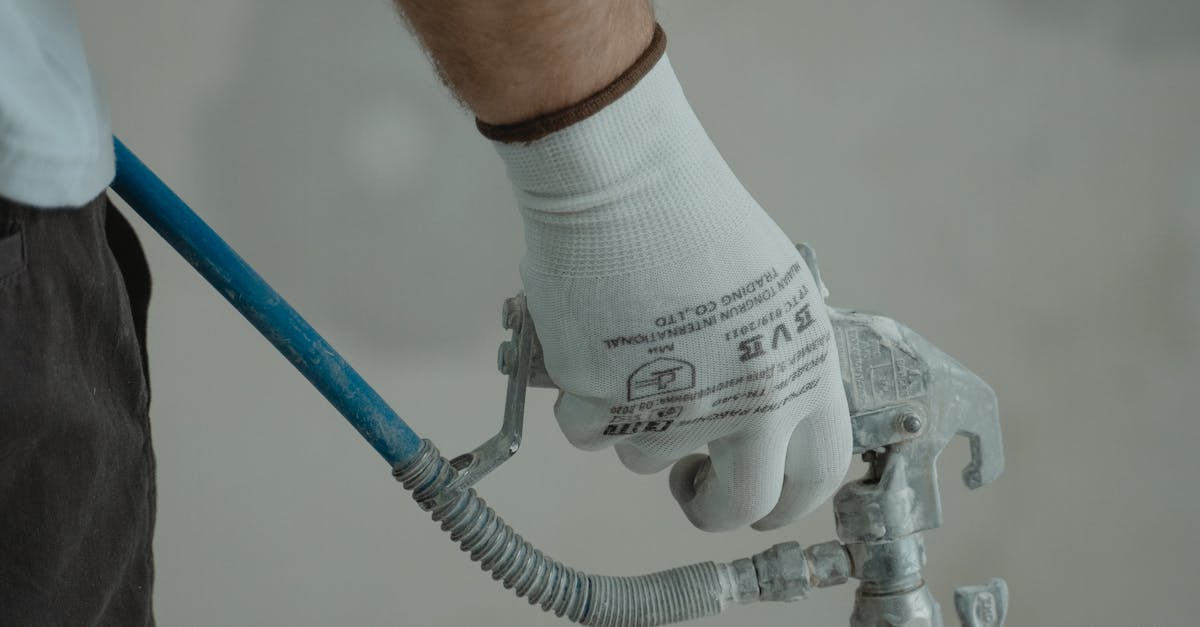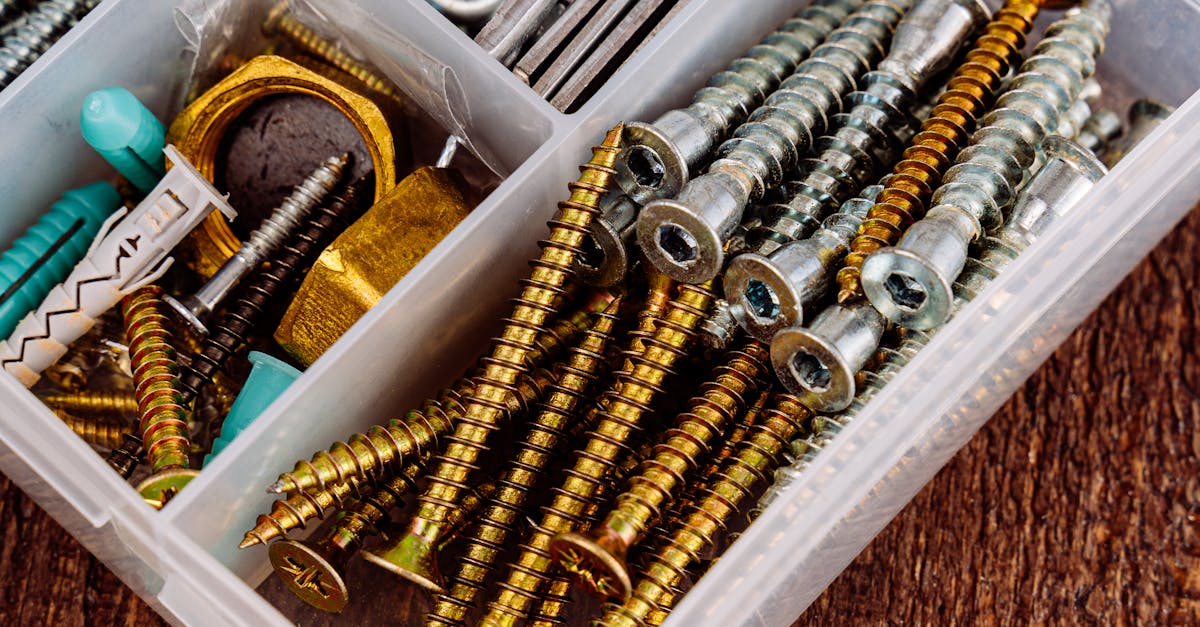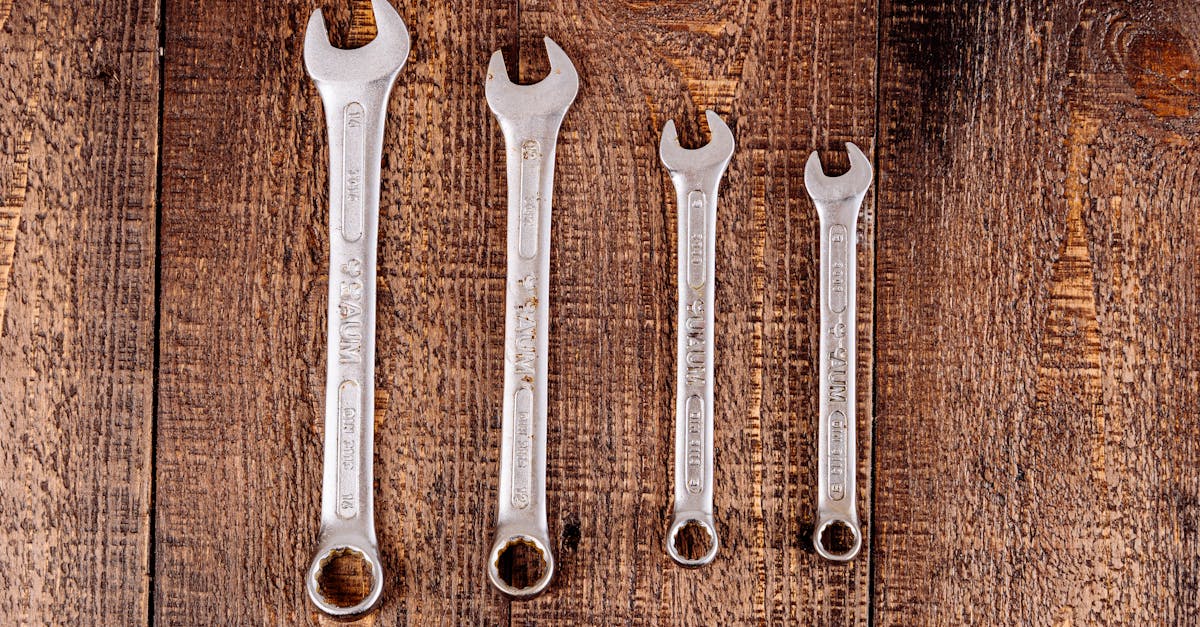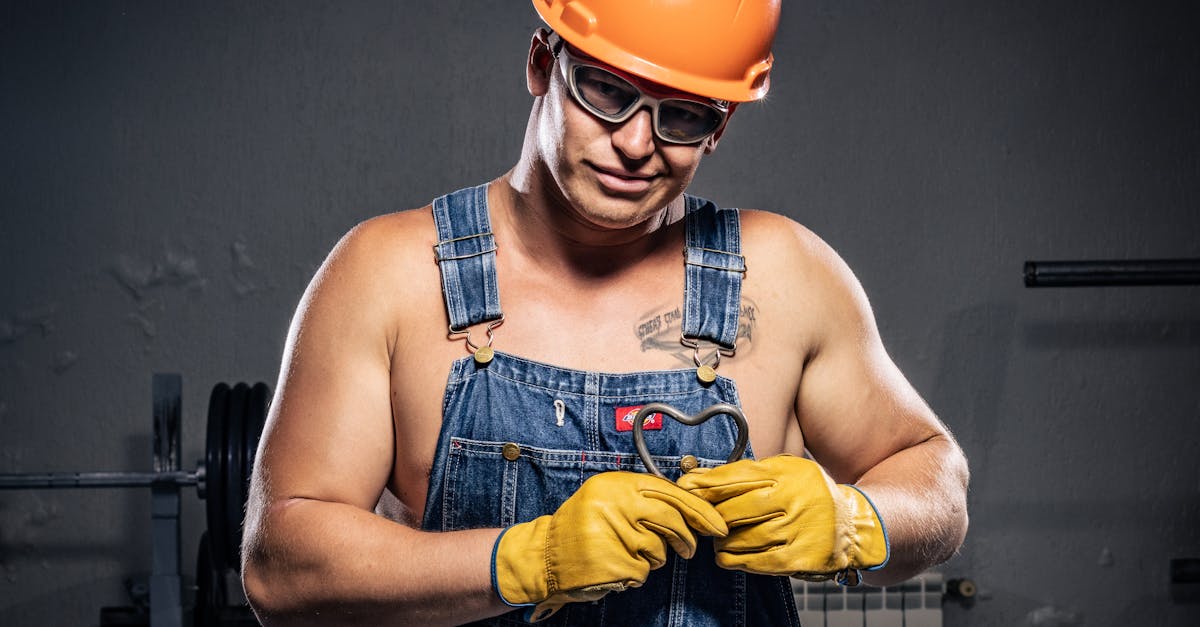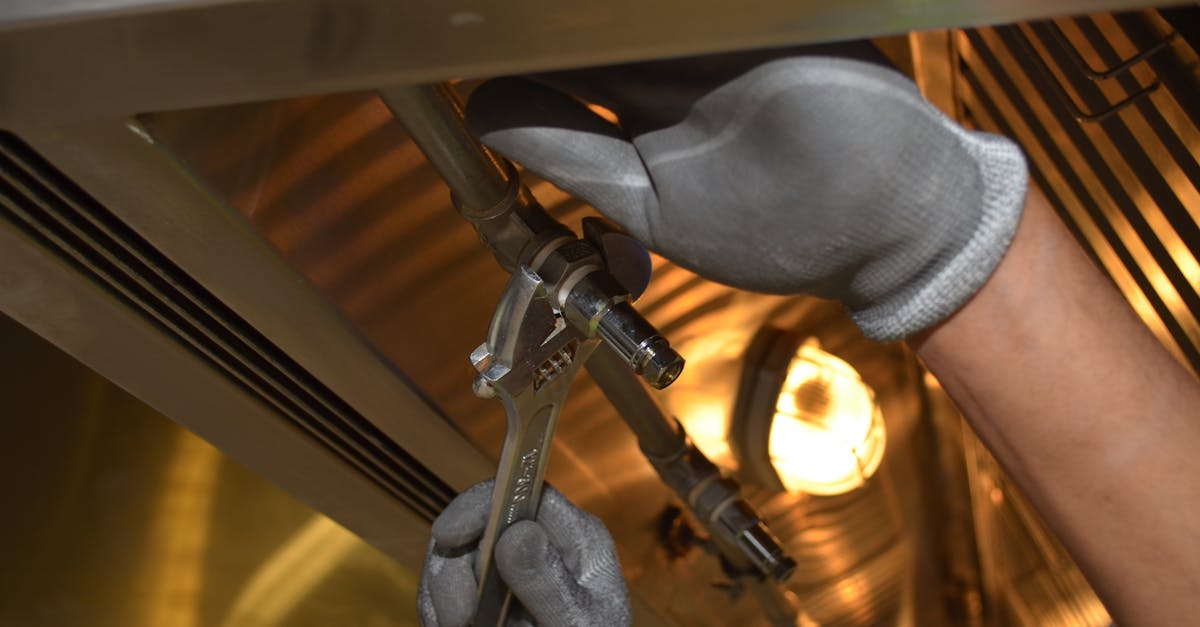
Table Of Contents
Signs of Sediment Buildup
Sediment buildup in hot water systems is a common issue, often resulting from minerals like calcium and magnesium found in hard water. Over time, these minerals accumulate at the bottom of the tank, creating a layer that can affect the efficiency of the system. If not addressed, this buildup may lead to overheating, reduced water capacity, and even rust formation. Regular inspections can help identify sediment accumulation before it becomes a significant problem, minimising the need for extensive Hot Water System repair.
You might notice signs of sediment buildup if your hot water appears discoloured or has an unusual odour. Additionally, if you hear rumbling or popping noises coming from the tank, it’s likely due to sediment being heated and disturbing the water. Addressing these symptoms early on can prevent further damage. Frequent maintenance and flushing of the tank can significantly prolong the life of your unit and reduce the likelihood of expensive Hot Water System repair.
How to Inspect Your Hot Water Tank
Inspecting your hot water tank regularly is vital for maintaining its efficiency and longevity. Start by checking the exterior for signs of corrosion or leaks. A rusted tank can lead to severe problems down the line, including unexpected breakdowns and costly repairs. Make note of any water pooling around the base, as this could indicate a leak that requires immediate attention. Flushing the tank periodically helps remove sediment buildup, which can hinder performance and reduce the lifespan of the unit.
Next, examine the pressure relief valve, an essential component of your hot water system. This valve prevents excessive pressure from building up within the tank, which could lead to dangerous situations. Gently lift the valve's lever to ensure water flows freely from the discharge pipe. If water does not flow or if there is a persistent leak from the valve, it may need replacing. Regular inspections can save you from needing hot water system repair in the future, ensuring that your hot water supply remains uninterrupted.
Cold Water Supply Problems
Cold water supply problems can significantly impact the efficiency of your hot water system. Issues may arise from a variety of sources, including blockages in the pipes or problems with the main water supply. Reduced water pressure can leave your hot water system struggling to deliver adequate temperatures, resulting in lukewarm showers or insufficient hot water for daily activities. Identifying the source of reduced supply is essential for restoring proper function.
In some cases, the issue may lie within the hot water system itself. Faulty valves or malfunctioning pressure regulators can create supply disruptions. Regular inspections can help detect these problems early on. Seeking professional assistance for hot water system repair ensures that these issues are addressed promptly, minimising inconvenience and preventing further damage to the system.
Understanding Pressure and Flow Issues
Pressure and flow issues in hot water systems can stem from various causes. One common factor is a blockage in the pipes, which may impede water movement and adversely affect performance. This situation leads to inadequate hot water delivery, leaving households frustrated. Additionally, valve problems can also contribute to fluctuations in pressure. An improperly functioning pressure relief valve may fail to regulate the system effectively, resulting in erratic hot water flow.
Identifying and addressing these flow issues often requires a thorough inspection. Homeowners might initially check for obvious signs of blockage, such as strange noises or decreased hot water access. If these problems persist, it may be time to consider professional assistance for hot water system repair. Experts can pinpoint the source of pressure problems and ensure that the system operates at optimal efficiency, delivering consistent hot water when needed.
The Role of Thermostats in Hot Water Systems
Thermostats play a crucial role in the efficient operation of hot water systems. They are responsible for regulating the temperature of the water, ensuring that it is heated to the desired level before being distributed throughout the home. When functioning properly, a thermostat can help maintain consistent hot water supply while also improving energy efficiency. This balance can significantly reduce energy costs and extend the lifespan of the system.
However, issues with thermostats can lead to a range of problems in hot water systems. A malfunctioning thermostat may cause water to be too hot, resulting in potential safety hazards, or too cold, leading to discomfort for users. If there are signs of thermostat failure, timely Hot Water System repair is essential to restore the system's functionality and prevent further complications. Regular checks can help identify any irregular behaviours before they escalate into more serious problems.
Troubleshooting Thermostat Malfunctions
Thermostat malfunctions can often lead to inconsistent water temperatures, making it crucial to diagnose and address the issue promptly. Begin by checking the thermostat setting to ensure it is set to the appropriate temperature. A common problem is the thermostat being accidentally adjusted, causing either scalding hot water or lukewarm output. If the settings appear correct, inspect the wiring and connections for any signs of damage or corrosion, as these can interrupt the signal between the thermostat and the heating element.
In some cases, the thermostat may not respond at all, indicating a potential failure of the device itself. Testing the thermostat with a multimeter can reveal whether it is functioning within the correct voltage range. If it does not, replacing the thermostat may be necessary for optimal operation. For those uncomfortable with electrical components, seeking professional assistance for hot water system repair ensures the issue is resolved safely and effectively.
FAQS
What are the signs of sediment buildup in my hot water system?
Common signs include discoloured water, strange noises coming from the tank, and reduced hot water supply. You may also notice a decrease in the efficiency of your heating system.
How can I inspect my hot water tank for issues?
You can inspect your hot water tank by checking for any leaks, assessing the temperature and pressure relief valve, and looking for signs of rust or corrosion on the tank's exterior.
What should I do if I'm experiencing cold water supply problems?
If you're facing cold water supply issues, first check if your hot water system is functioning correctly. Also, inspect for any blockage in the pipes and ensure your thermostat is set to the appropriate temperature.
How can I understand pressure and flow issues in my hot water system?
Pressure and flow issues can be determined by checking the water pressure at your taps and ensuring there are no blockages in the pipes. If there’s low flow or pressure, it may indicate a malfunctioning valve or pipe obstruction.
What role do thermostats play in hot water systems?
Thermostats regulate the temperature of the water within your hot water system. If the thermostat malfunctions, it can lead to water being too hot or too cold, impacting your overall hot water supply.
